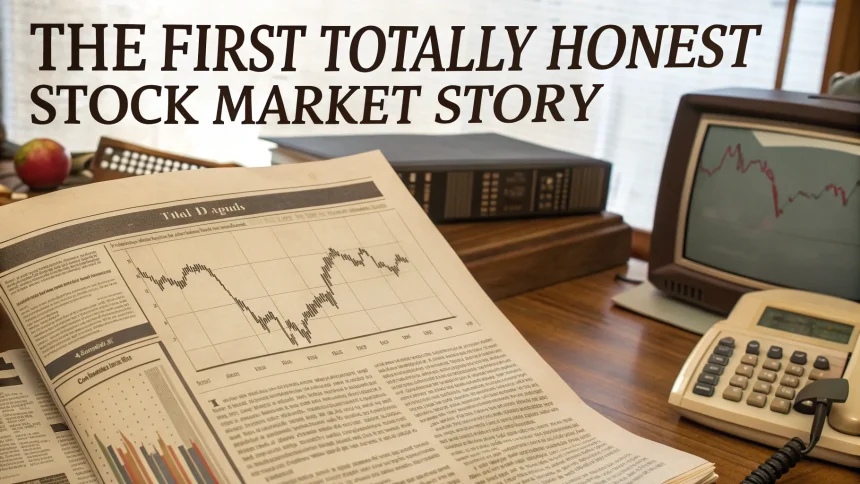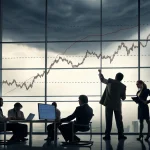A satirical piece published by The Weekly Standard in 1998 continues to resonate with market observers today. “The First Totally Honest Stock Market Story” highlighted a persistent truth about financial commentary: sometimes market movements have no clear explanation.
The fake Wall Street Journal article, described as “brilliant” by those who reference it, took aim at the financial media’s tendency to create narratives around market fluctuations even when no obvious cause exists. This satirical take exposed how financial journalists and analysts often scramble to explain market movements that might simply be random or driven by factors not immediately apparent.
Market Narratives vs. Market Reality
The piece serves as a reminder of the disconnect between financial reporting and actual market behavior. Financial experts and media outlets regularly attribute specific causes to market movements, creating an illusion of predictability and understanding that may not exist.
A prime example highlighted in discussions of the satirical article points to the housing market collapse that preceded the 2008 financial crisis. Despite clear signs of trouble in the housing sector, the stock market experienced several significant rallies during 2007 and 2008.
These rallies, each lasting approximately two months and producing double-digit returns, occurred precisely when housing market fundamentals were visibly deteriorating. This contradiction between market performance and economic reality demonstrates how markets can move contrary to what fundamental analysis might suggest.
The Challenge of Market Explanation
Financial journalists face constant pressure to explain daily market movements. When the Dow Jones Industrial Average rises or falls, readers and viewers expect an explanation. This demand creates an environment where speculation can be presented as fact.
The 1998 satirical piece recognized this problem by presenting a “totally honest” market story—one that admitted when there was no clear explanation for price movements. This approach stands in stark contrast to typical financial reporting, which rarely acknowledges uncertainty.
Market analysts point to several factors that make honest market reporting difficult:
- Markets process countless variables simultaneously
- Investor psychology often drives short-term movements
- Different market participants may react to the same news in opposite ways
- Correlation between news events and market movements doesn’t prove causation
Lessons for Modern Investors
The enduring relevance of the 1998 satire offers valuable lessons for today’s investors. Financial experts suggest that recognizing the limits of market analysis can lead to better investment decisions.
By acknowledging that short-term market movements often lack clear explanations, investors might focus more on long-term fundamentals rather than daily fluctuations. This perspective can help prevent emotional reactions to market volatility.
The housing market example from 2007-2008 demonstrates how markets can temporarily move against fundamental trends. Those rallies likely gave false confidence to investors who might otherwise have recognized the severity of the developing crisis.
The satirical piece from over two decades ago continues to serve as a reminder that financial markets are complex systems that defy simple explanation. While analysis has value, investors benefit from maintaining healthy skepticism toward definitive explanations of market behavior.
As markets continue to evolve with new technologies and global interconnections, the challenge of explaining their movements grows even more complex. The lesson from 1998 remains relevant: sometimes there really is no reason for market movements, and acknowledging this reality may be the most honest approach of all.







